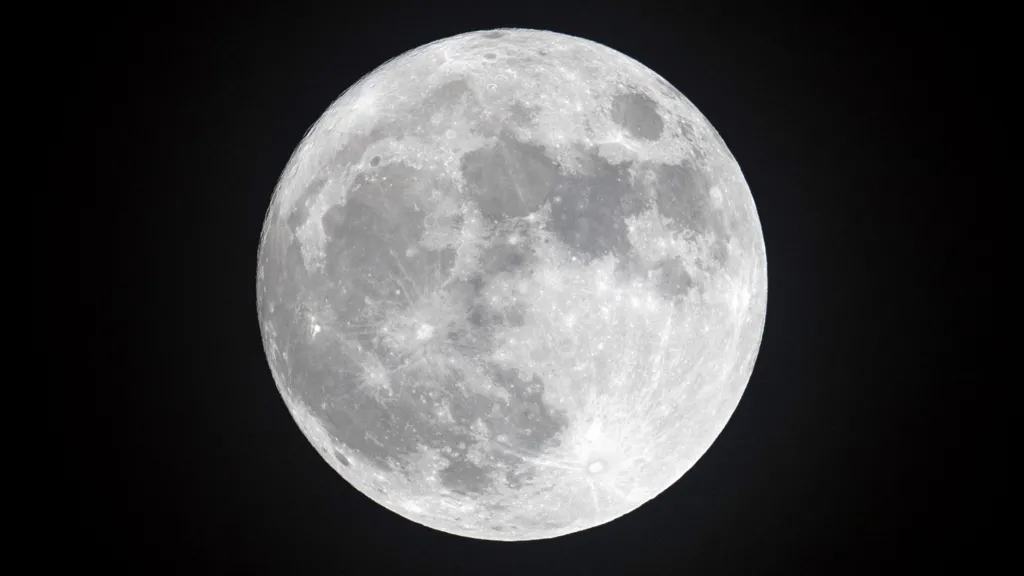Get ready for a cosmic surprise this autumn—Earth is going to gain a second moon, according to astronomers. Earth’s gravitational pull will snare a small asteroid, turning it into a temporary “mini-moon.” Beginning on September 29, this space tourist will be in orbit for a few months before once more evading Earth’s gravitational pull. Sadly, without a professional telescope, the second moon will be too faint and dull to observe.
On August 7, NASA’s Asteroid Terrestrial-Impact Last Alert System (ATLAS) detected the asteroid for the first time. In a study that was published in the American Astronomical Society’s Research Notes, scientists calculated its trajectory. The asteroid, known to scientists as 2024 PT5, is a member of the Arjuna asteroid belt, which is home to rocks with orbits that resemble Earth’s. Sometimes, a few of these asteroids approach Earth rather closely—by as much as 2.8 million miles (4.5 million kilometers).
The study’s researchers found that Earth’s gravitational field can have a significant impact and briefly confine an asteroid of this size if it is traveling at a modest speed of about 2,200 mph (3,540 km/h). Which is precisely what is about to occur; this little asteroid will begin orbiting Earth this weekend and will take roughly two months to complete. Dr Jennifer Millard, astronomer and host of the Awesome Astronomy podcast, told the BBC’s Today show that the asteroid would enter orbit on the 29th of September and then was scheduled to exit on 25 November.
“It’s not going to complete a full revolution of our planet, it’s just going to kind of have its orbit disrupted, just twisted little by our own planet and then it’ll continue on its merry way,” she said. The asteroid is just around 32 feet (10 meters) long, which is very small compared to the moon of Earth, which is about 3,474 kilometers in diameter. Even with binoculars or a home telescope, humans on Earth will not be able to see it because it is small and composed of boring rock.
Expert-grade telescopes will be able to detect it. Therefore, keep an eye out for a ton of amazing images of this tiny dot rapidly passing by the stars on the internet,” Dr. Millard added. Although there have been reports of mini-moon sightings, it is believed that many more have gone unreported. Some even come back for repeat visits, the 2022 NX1 asteroid became a mini-moon in 1981 and again in 2022.
So don’t worry if you miss this one – astronomers believe 2024 PT5 will also return to Earth’s orbit again in 2055. “Because this asteroid was only found this year, this story serves as a reminder of just how active our solar system is and how much remains undiscovered. The importance of our ability to continuously search the night sky and find all of these things is highlighted by the fact that there are tens of thousands, if not hundreds of thousands, of objects out there that we have not yet found, according to Dr. Millard.









